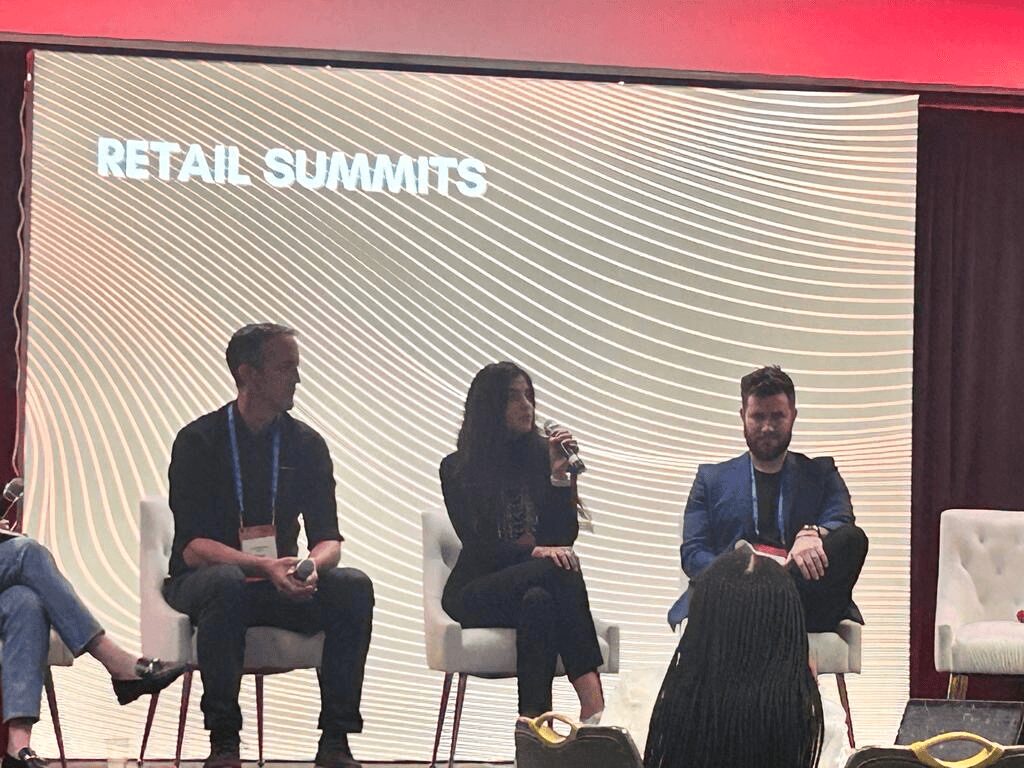We recently connected with Camila Velez and have shared our conversation below.
Alright, Camila thanks for taking the time to share your stories and insights with us today. Any thoughts around creating more inclusive workplaces?
In today’s fiercely competitive job market, the primary reason for employee resignations often stems from the opportunity to transition to companies that offer superior benefits and inclusive workplace cultures. To stem this trend and foster loyalty among employees, organizations must prioritize creating environments that not only attract but also retain talent across all generations.
Prioritize Work-Life Balance:
Embrace policies that promote work-life balance as a cornerstone of your organizational culture. Offer flexible work arrangements that allow employees to manage their professional responsibilities alongside personal commitments. Recognize that a healthy work-life balance not only enhances employee satisfaction and productivity but also contributes to long-term loyalty and well-being.
Flexibility in Scheduling:
Recognize that one size does not fit all when it comes to work schedules. Implement flexible scheduling options that accommodate diverse needs and preferences. Whether it’s adjusting start and end times, offering compressed workweeks, or allowing remote work opportunities, flexibility empowers employees to perform at their best while honoring their individual circumstances. Work is part of our daily life, but it should never be our whole life.
Support with Paid Parental Leave:
Demonstrate genuine support for employees during significant life transitions, such as starting a family, by offering comprehensive paid parental leave policies. This commitment not only helps retain valuable talent but also enhances your organization’s reputation as a family-friendly employer. Ensure your policies are inclusive and equitable, regardless of gender or family structure. Offering comprehensive paid parental leave is crucial in recognizing the importance of supporting not only female employees but dads who often juggle multiple responsibilities. By ensuring they have the time and resources needed to nurture their families without sacrificing their careers, organizations not only retain valuable talent but also foster a culture of inclusivity and equality in the workplace.
Cultivate Trust and Empowerment:
Build a culture of trust by empowering employees to make decisions and manage their responsibilities autonomously. Trust fosters a sense of ownership and accountability, motivating employees to contribute their best work. Encourage open communication, transparency, and opportunities for professional growth to further strengthen trust within your team.
Embrace Remote Work Opportunities:
Embrace the benefits of remote work by offering flexible work arrangements that accommodate different work styles and preferences. Remote work options not only increase productivity but also attract a wider pool of talent, including digital natives and experienced professionals seeking greater flexibility. Invest in technology and communication tools that support remote collaboration and ensure inclusivity for all team members. “Remote work isn’t just about location; it’s about flexibility and productivity.”
Valuing Experience Across Generations: Recognize and celebrate the contributions of older employees. Create opportunities for mentorship and career development to leverage their experience for organizational success. Remember, while we may be youthful today, we all age and will continue to rely on our jobs to support our families and ourselves.
Why it Matters:
Creating an inclusive workplace isn’t just about compliance—it’s about building a thriving organizational culture where every employee feels valued, respected, and empowered to succeed. By prioritizing inclusivity through policies that support work-life balance, flexible scheduling, parental leave, and trust, organizations foster a positive work environment that drives employee satisfaction, innovation, and retention.
In conclusion, creating an inclusive workplace isn’t just about meeting quotas—it’s about fostering a culture where every individual, regardless of age or background, feels empowered and valued. By prioritizing policies that promote work-life balance, flexibility, trust, and respect for diverse experiences, organizations not only retain top talent but also inspire loyalty and drive innovation. Let’s build workplaces where everyone has the opportunity to thrive and contribute meaningfully, ensuring our collective success in the journey ahead!

Great, appreciate you sharing that with us. Before we ask you to share more of your insights, can you take a moment to introduce yourself and how you got to where you are today to our readers.
I’m Camila Vélez, Trade Marketing Manager at a leading confectionery company. My journey into this industry began with a deep-seated inspiration from the strong women in my family—particularly my mom and aunt—who are successful businesswomen themselves. Their influence guided me into pursuing a career where I could make a meaningful impact.
In my role, I’m dedicated to providing continuous support to our sales force and ensuring an unforgettable shopping experience for our customers at the point of sale. This involves crafting effective marketing strategies that not only drive sales but also enhance brand visibility and customer satisfaction.

How do you keep your team’s morale high?
My advice for managing a team and maintaining high morale is rooted in empathy, communication, and recognition. Understand the strengths and challenges of each team member, foster open dialogue to address concerns, and celebrate achievements, no matter how small. Empower your team with trust and opportunities for growth, creating a supportive environment where everyone feels valued and motivated to excel. This approach not only boosts morale but also fosters a cohesive team dynamic that drives collective success.

Have you ever had to pivot?
When I decided to migrate to the United States, I faced numerous challenges. The customer base was vastly different from those in South America, requiring me to adapt my approach significantly. Negotiations with retailers were conducted in a manner unfamiliar to what I was accustomed to in Colombia, necessitating a new learning curve. Moreover, navigating the market pace presented distinct challenges that demanded flexibility and innovation to overcome.
Contact Info:






